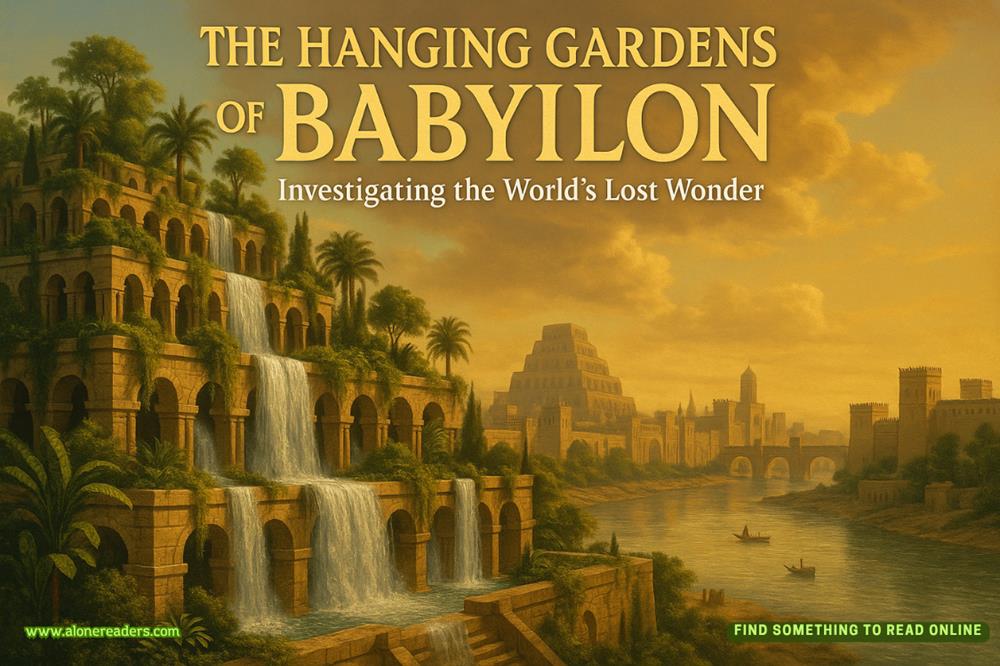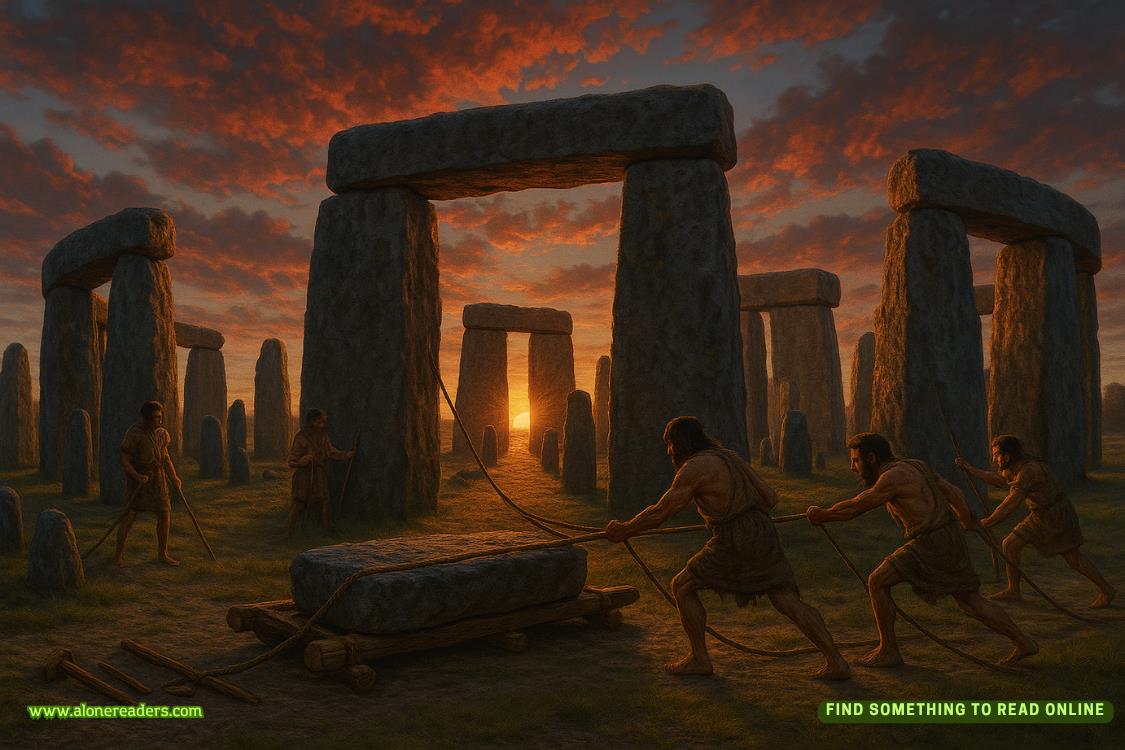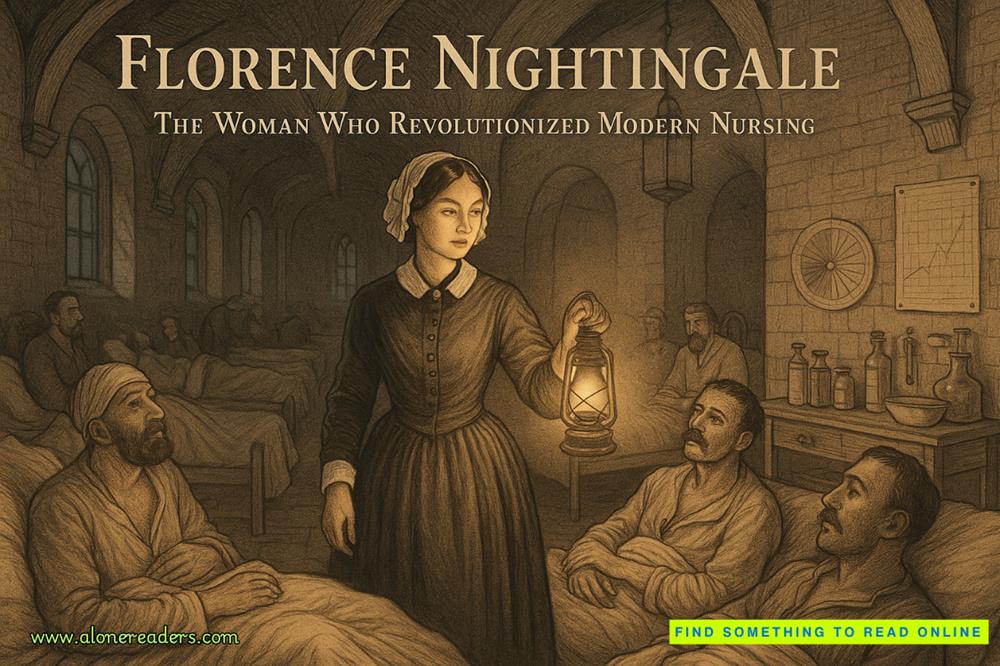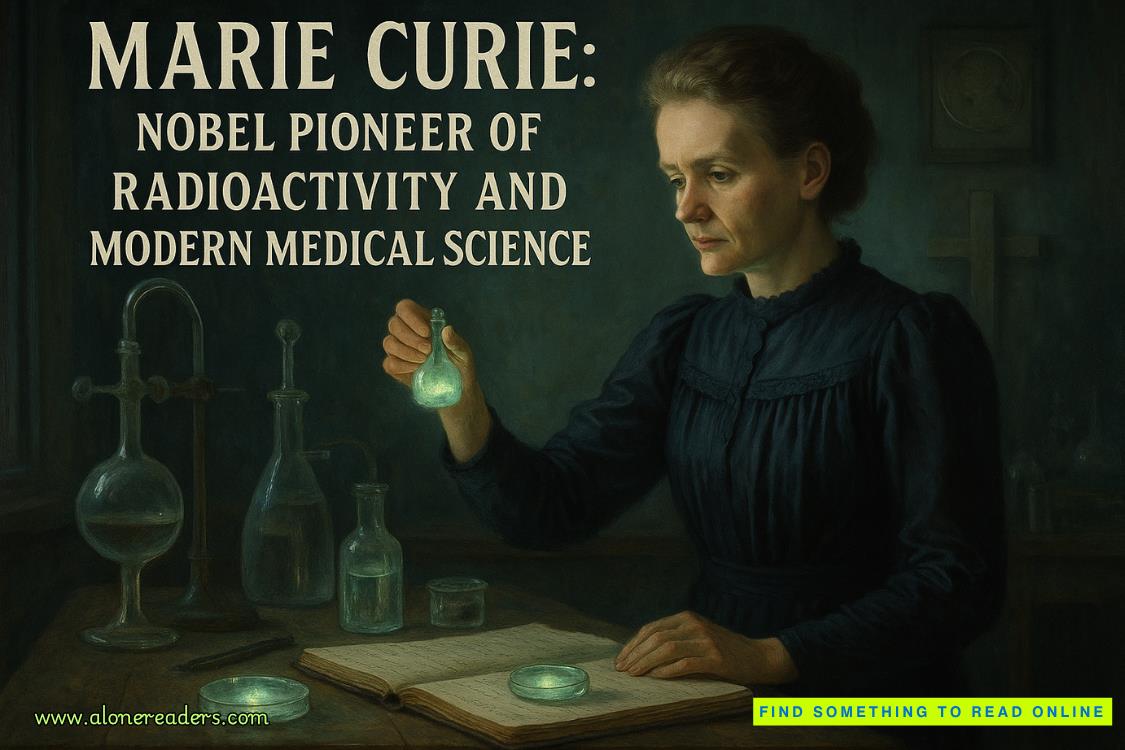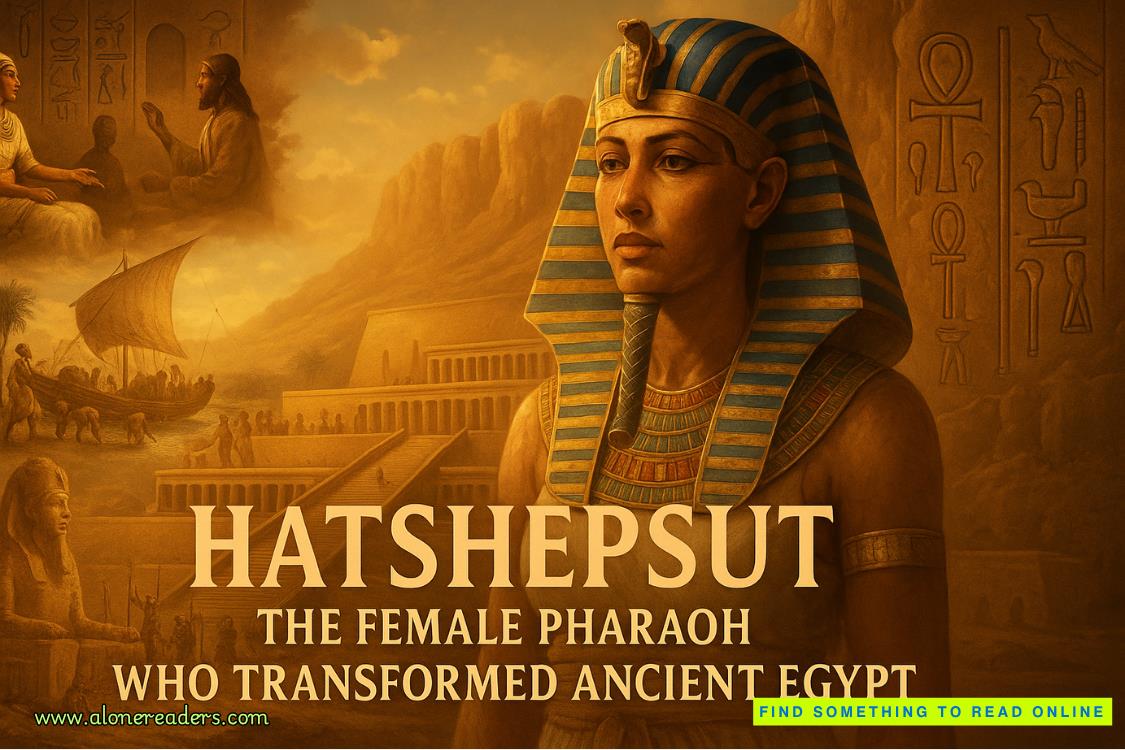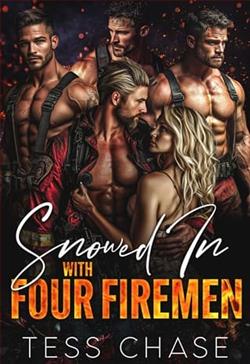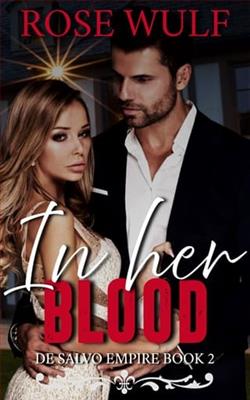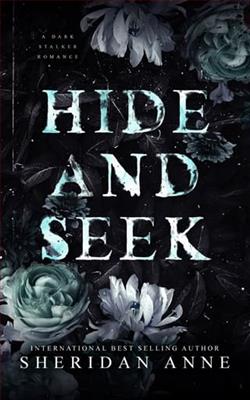Page 50 of The Kid
Patrick Floyd Jarvis Garrett was born on June 5, 1850, in Chambers County, Alabama, and grew up on an eighteen-hundred-acre Louisiana plantation in Claiborne Parish. Even as a high-strung little boy he imitated the foreman by dragging a bullwhip through the cotton fields while yelling and glaring at the slaves. Although he became expert at hunting, fishing, and horseback riding—really, anything done outdoors—Garrett received little formal schooling, and he followed his father in having no truck with organized religion.
He was fifteen when the Confederacy lost the War of Rebellion and Yankees seized much of the estate. His father drank himself to death within three years, and financial hardship so poisoned family life that at nineteen Garrett left home, condemning his sisters to sudden marriages and his brothers Alfred and Hillary to hardscrabble farming. Garrett was hired as a cattle gunman to fend off rustlers from the huge LS Ranch in West Texas and, after a squabble over a card game, was indicted for “intent to murder” a freed slave in Bowie County. But he managed to shake the sheriff’s deputies who were tailing him and they lost interest in the chase.
Rumor later had it that Garrett had married in Sweetwater, Texas, and fathered a child, forsaking both the mother and the baby girl when he walked outside, as he’d told his wife, to smoke his pipe. And then with some partners he became a buffalo hunter in the flat grasslands of northwest Texas on what was called the Staked Plains, slaughtering from fifty to one hundred placid animals per day and collecting twenty-five cents for each three-dollar hide.
Essentially he and a hundred others like him were shooting themselves out of their livelihoods, and soon, with scarce animals to skin, the hunters went sullen and pouty. An Irish kid named Joe Briscoe was one of the skinners and was vexed that he couldn’t get the stink of blood and intestines out of his clothes. Watching Briscoe squat by a brook and dunk his shirts in its ice water, Garrett said, “I reckon you have to be as ignorant as an Irishman to think you can wash your camisoles in that mud.” The Briscoe kid took it hurtfully and there were oaths and haranguing until he peevishly swung at Garrett with an ax. Without anticipating the certain outcome, Garrett fired his Winchester and killed the kid, watching him topple into the campfire and just lie there feeding the flames until Garrett yanked the body out. After a full day of repentance and self-loathing, Garrett finally turned himself in to officials at Fort Griffin, suicidally wishing to be hanged. But without even an investigation, the officials decided his sounded like an act of self-defense, and so he was off the hook.
Soon he quit his unprofitable hunting job, and, fed up with the emptiness of the Panhandle, he wandered west, drunkenly frittering away his savings with gambling and whoring until he finally found himself, penniless, outside Fort Sumner. Seeing cattle being moved upstream alongside the salty Rio Pecos, he rode his horse up to an overseer in a buckboard and told him he dearly needed work.
Pete Maxwell looked over a dour, wide-mustached, rail-thin man in his late twenties, six and a half feet tall and half of that seeming to be his stovepipe legs. He later recalled that Garrett’s nag was so swaybacked his boots nearly dragged on the ground. Maxwell asked, “What can you do for me, Lengthy?”
“Ride anything with a hide and rope better than any cowpoke you got.”
Maxwell had faith in the solemn man’s integrity and told him to hop aboard.
Garrett’s extreme height and Southern formality were fascinating to the far shorter Mexican folks at Fort Sumner, and though he failed in his miserable tries at Spanish, there was a good deal of envy among the señoritas when it was Juanita Gutiérrez who became his wife in 1877. She was pregnant at the time and just a few weeks later died of a miscarriage.
His grief became rage, and when he heard that Comanches had stolen a herd of twenty-seven horses from a Roswell ranch, Garrett crazily took it personally and organized a vigilante group to go after the horse thieves. Relentless in his pursuit and not seeming to need food, water, or rest, he outstripped his pluckless companions, who one by one peeled off for home until it was just Garrett alone heading over a hill at sundown. Six days passed with no word of him, and then he achingly rode into Roswell with half the stolen horses and hefting a gunnysack that he finally spilled out onto the wooden porch of the general store. Ash Upson, who would become his closest friend and ghostwriter, collected the murderous proof that was six pairs of worn moccasins, a few of them still spotted with blood.
Hearing the tale from Upson, John Chisum went up to Fort Sumner to interview Garrett about running for sheriff when George Kimbrell’s term was up, and then he sent a letter rife with misspellings “To his Exelency Gov Lue Wallis.” Uncle John advised the governor on where to station men to “prevent Robers from coming in off the plains on to the Pecos and give protection to this place and the Citizens below.” And he noted that “Pat Garrett who resides hear would be a very suitable man to take charge of the squad East of this place if authorized to do so.”
Although he stayed on even terms with Pete Maxwell, Garrett sought indoor work with the hard winter coming on, and he found a job in Beaver Smith’s saloon. When off his saloonkeeper duties, Garrett persistently lost at five-card draw with the Kid, who generally only played hands that seemed likely to win while Garrett would play even a deuce-seven off-suit, hopefulness his reigning emotion.
Elderly Beaver Smith called them Big Casino and Little Casino. They weren’t close friends, they just knew each other, and that was enough for Pat Garrett to fill the silence one rainy afternoon in November by confessing that he intended to marry Apolonaria in January.
“Apolonaria Gutiérrez? Your wife’s sister? Celsa’s sister-in-law?”
“You drafting a family tree?”
“I’m just happy for you and hope I’ll be invited to the wedding.”
Garrett tilted forward with a hollowed, nothing-thereness in his eyes, eyes as dead as the buttons on a doll. “I heard all about you and Celsa,” he said. “Don’t make you a relative.”
* * *
On November 23, 1879, the Kid celebrated his twentieth birthday by doing the idle things he generally did, but a sidewalk photographer showed up in front of Beaver Smith’s saloon with his camera, props, tented booth, and boy assistant, and the Kid decided to indulge himself with a ferrotype portrait that was then called a carte de visite. The cost was twenty-five cents.
With a full measure of snootiness, the photographer considered Billy’s rather slovenly, not-put-together look and asked, “Are you wearing that?”
“Yep, I am.”
“You have nothing more formal?”
“All the ordinaries dress up for picture making. I want to be different.”
The Kid’s hat that Sunday was a dark fedora, cocked to the right, with a crown that seemed crushed by a whack. A yellow bandanna was loosely knotted at his neck, and under that was a childish blue sailor shirt with an anchor design and a tan unbuttoned vest with lapels overlaid by an overlarge, acorn brown cardigan with a hem that hung as low as his thighs. His trousers were navy blue and tucked inside di
rty midcalf cavalry boots constructed with leather so thin the boots rumpled at the ankles. In accordance with the manly style then, Billy posed with his Winchester rifle in his pale left hand, his bulky cartridge belt and Colt revolver slung to the right. His gambler’s ring on his left little finger sparked in the sunlight.
Billy said with nervousness, “Some Indians think getting captured by a camera steals your soul.”
The photographer was mixing chemicals. “Well, there might be something to that. Look at celebrated, much-pictured people. Such odd behaviors!”
The Anthony four-tube camera was already positioned, so as the photographer painted a collodion emulsion on a lacquered rectangle of thin iron, his assistant guided Billy to his mark, adjusting the U of a vertical brace behind his neck to hold his head stable for the six-second exposure. And then it was done. The wet plate ended up with four fractionally different halftone images, each flipped so that Billy’s right hand seemed his left.
The practiced assistant used tin snips to perfectly divide the plate into four separate picture cards, and the Kid carried one to fifteen-year-old Paulita as a gift.
She sank onto her plush white bed to examine his portrait, and she seemed at a loss for words.

